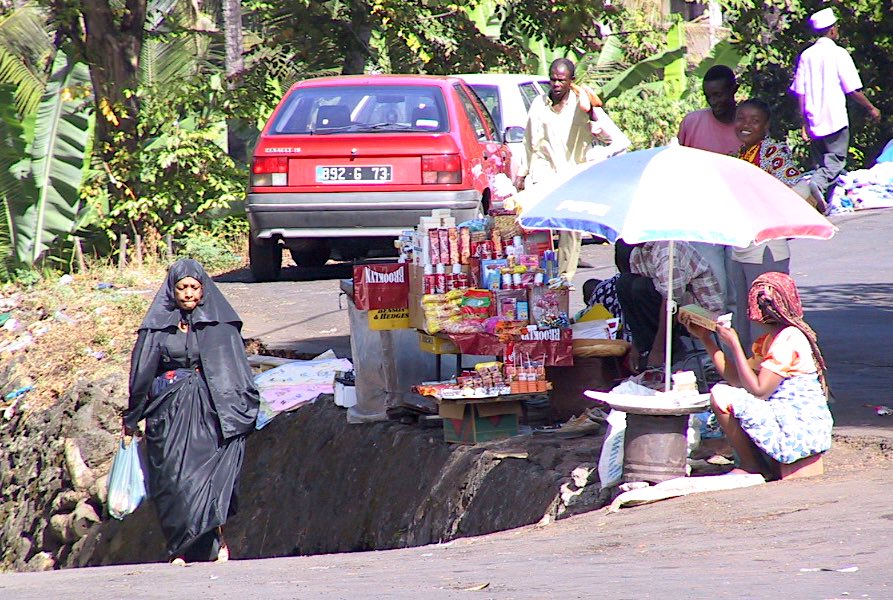Over the past decade, donor engagement in the Comoros has been massive and should strengthen in the context of the health crisis. The growing difficulties linked to institutional instability, the deterioration of the sustainability of public finances and the weak capacity to absorb macroeconomic and climatic shocks are slowing down project implementation.
The economy of the archipelago of 900,000 inhabitants is very undiversified, undermined by weak infrastructure and governance difficulties that weigh on the business environment. It is dominated by small-scale actors mainly from the informal sector. Services contribute the most to growth (55% of GDP, a sharp increase over the past 10 years), mainly corresponding to administration, telecommunications, tourism (especially the diaspora) and petty trade. The action of donors in the Comoros supports the Comoros Emergent 2030 Plan as part of the Accelerated Growth and Sustainable Development Strategy (SCA2D) 2018-2021. SCA2D aims to improve the efficiency of public spending, infrastructure and the sustainable attraction of private investment.
Although the 45th beneficiary of net Official Development Assistance (ODA) in sub-Saharan Africa out of 49 countries with EUR 76 million in 2018, the country is dependent on aid. According to the IMF, ODA finances 55% of the Comorian state budget in 2020 and represents €87 per capita. The country’s leading donor is AFD, whose funding amounted to €104 million between 2014 and 2018 in five areas of intervention : health, water, environment and climate, support to the financial sector and private and education.
Bacoco Saïdi in Moroni

